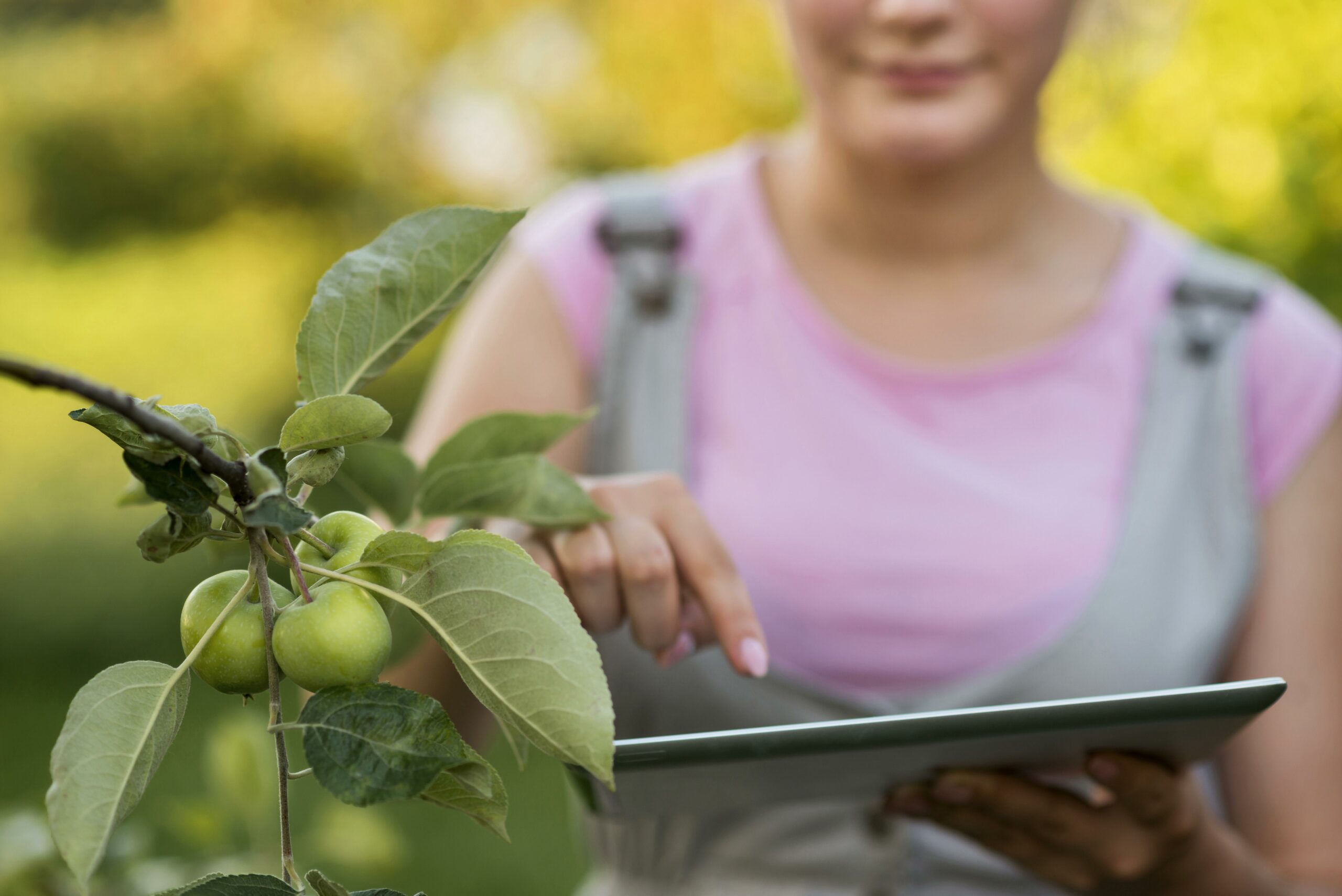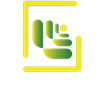Enhancing Sustainable Farming with Agritech Solutions

Sustainable farming has become increasingly critical in the face of climate change, growing populations, and the need for energy conservation. Integrating agritech solutions like smart farming, climate controllers, and hydroponic systems offers a promising way to meet these challenges. This blog explores the innovative ways agritech is enhancing sustainable farming and ensuring a more resilient agricultural future.
Smart Farming: Revolutionizing Agriculture
Smart farming is transforming traditional agricultural practices by leveraging advanced technologies such as the Internet of Things (IoT), artificial intelligence (AI), and data analytics. These technologies enable farmers to optimize their operations, reduce waste, and enhance productivity.
IoT in Agriculture
IoT in agriculture involves using sensors and devices to collect real-time data on soil conditions, weather patterns, crop health, and more. This data helps farmers make informed decisions about irrigation, fertilization, and pest control. For instance, soil moisture sensors can notify farmers when fields need watering, preventing over-irrigation and conserving water.
Smart Agriculture Systems
Smart agriculture systems integrate various technologies to create a more efficient farming environment. These systems can automate tasks such as planting, watering, and harvesting, significantly reducing labor costs and increasing crop yields. For example, autonomous tractors equipped with GPS and AI can plant seeds with precision, ensuring optimal spacing and depth for better growth.
Climate Controllers and Control Systems
Climate control systems are essential for maintaining the ideal growing conditions in both open fields and controlled environments like greenhouses. These systems manage temperature, humidity, and CO2 levels, ensuring crops receive the necessary conditions to thrive.
Climate controllers are devices that regulate environmental factors to optimize plant growth. They can adjust ventilation, heating, and cooling systems based on real-time data. For instance, a climate controller might increase ventilation during hot weather to prevent overheating or activate heaters during cold spells to maintain a stable temperature.
Environment Control Systems
Environment control systems are comprehensive setups that manage multiple climate variables simultaneously. These systems can be integrated with smart farming technologies to provide a holistic approach to crop management. For example, an environment control system in a greenhouse can coordinate the operation of fans, misters, and shades to maintain the perfect microclimate for plants.
Hydroponic Farming: A Sustainable Solution
Hydroponic farming is an innovative method that grows plants without soil, using nutrient-rich water solutions. This technique offers several sustainability benefits, including reduced water usage, faster plant growth, and the ability to grow crops in areas with poor soil quality.
Benefits of Hydroponic Farming
- Water Conservation: Hydroponic systems use up to 90% less water than traditional soil-based farming because the water is recirculated and reused.
- Space Efficiency: Hydroponic setups can be stacked vertically, allowing for high-density planting in small areas, making it ideal for urban farming.
- Faster Growth: Plants in hydroponic systems often grow faster because they have direct access to nutrients and water, leading to quicker harvest cycles.
- Reduced Pesticide Use: Controlled environments reduce the need for pesticides, leading to healthier crops and less environmental contamination.
Implementing Hydroponic Systems
Setting up a hydroponic farm involves choosing the right system (e.g., NFT, DWC, or aeroponics), selecting appropriate crops, and ensuring proper maintenance. Automation can further enhance efficiency, with IoT-enabled devices monitoring nutrient levels and adjusting them as needed.
Energy Saving in Agriculture

Renewable Energy Sources
Integrating renewable energy sources like solar panels and wind turbines into farming operations can significantly cut energy costs and reduce carbon footprints. For instance, solar-powered irrigation systems can provide a sustainable water supply without relying on fossil fuels.
Energy-Efficient Equipment
Modern farming equipment is designed to be more energy-efficient, reducing the overall energy consumption of agricultural activities. Energy-efficient LED grow lights, for example, use less electricity than traditional lighting systems and provide the optimal spectrum of light for plant growth.
Smart Energy Management
Smart energy management systems use IoT devices to monitor and control energy usage in real-time. These systems can optimize the operation of equipment based on energy demand, weather conditions, and other factors. For example, they can schedule irrigation during off-peak hours to take advantage of lower electricity rates.
The Future of Sustainable Farming
The integration of agritech solutions is paving the way for a more sustainable and resilient agricultural future. By adopting smart farming practices, implementing climate control systems, and embracing hydroponic farming, farmers can increase productivity, conserve resources, and reduce environmental impact.
Collaborative Efforts
Achieving sustainable farming goals requires collaboration between farmers, technology providers, policymakers, and researchers. By working together, these stakeholders can develop innovative solutions, share knowledge, and create supportive policies that promote the widespread adoption of agritech.
Continuous Innovation
The field of agritech is constantly evolving, with new technologies and practices emerging regularly. Continuous innovation is essential for addressing the ongoing challenges in agriculture and ensuring that farming practices remain sustainable and efficient.
Conclusion
Enhancing sustainable farming with agritech solutions is not just a trend but a necessity for the future of agriculture. Smart farming, climate controllers, and hydroponic systems offer practical ways to meet the challenges posed by climate change, resource scarcity, and increasing food demand. By embracing these technologies, farmers can create more resilient, efficient, and environmentally friendly farming systems, ensuring a sustainable future for generations to come.
